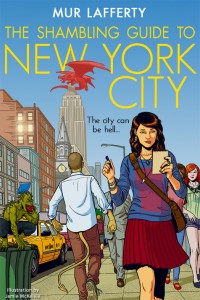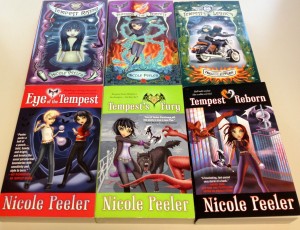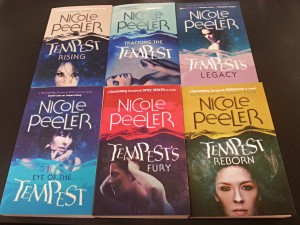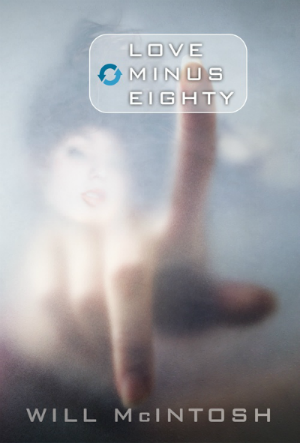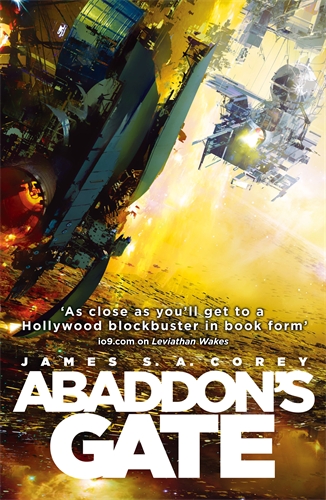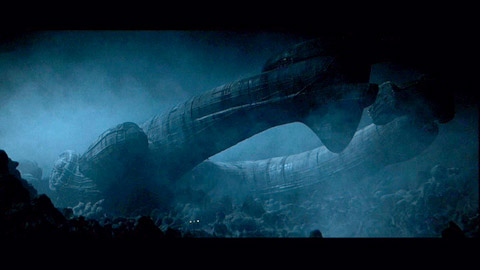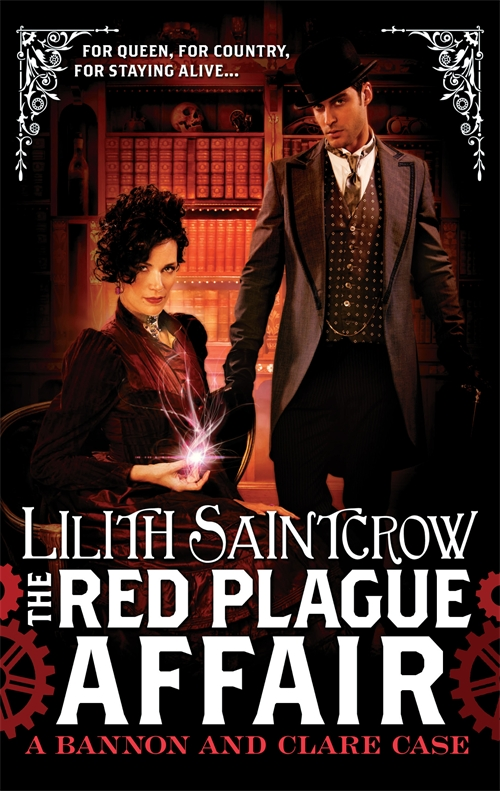Today Amanda Carlson, the author of HOT BLOODED (US | UK | AUS), interviews Nicole Peeler about TEMPEST REBORN (US | UK | AUS) and the last Jane True novel.
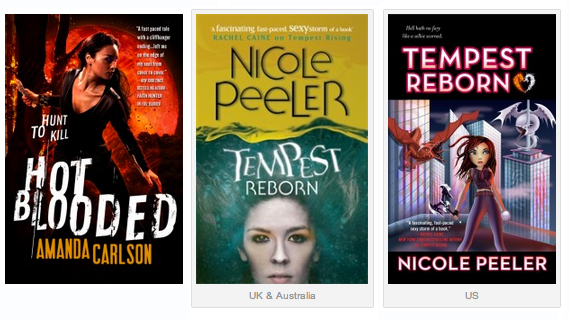
Amanda Carlson: I love Jane True and your writing voice. She’s witty, quirky and lovable. How did you come up with the idea to write a half selkie heroine?
Nicole Peeler: Thanks, Amanda! I’d fallen in love with the mythology as a teenager, and I’d always wondered about what happened to the half-human, half-selkie children that often feature in these myths. So when I realized I wanted to write a character that wasn’t naturally “kick-ass,” the answer was pretty obvious. Seal shapeshifters are definitely not naturally kick-ass!
AC: In the TEMPEST REBORN, without giving too much away, does Jane get snuggle time with Anyan?
NP: Absolutely. I knew I’d be beaten to death by Jane’s fans if that didn’t happen.
AC: You have a PhD in English Literature and teach Popular Fiction at Seton Hill University, which sounds like an amazing job! What’s the most fun assignment you’ve given your students?
NP: The most fun was working with undergraduates, creating World Building Books for an Urban Fantasy course I taught. They had such amazing ideas! And it was fun to watch them realize they could do just that—create a whole world.
AC: You just bought a house! That’s a big, exciting step. Tell us about it.
NP: It’s soooooo nice! I keep having to rein myself in from having my every Facebook post be “OMG I LOVE MY HOUSE.” I’m also really loving Pittsburgh. It’s super up-and-coming, so you can really get involved with things. I’m going to help plant a tree irrigation system for Tree Pittsburgh this weekend and I’m stupidly excited about it.
AC: The TEMPEST REBORN is Jane’s last adventure. What’s up next for you? (We hope more fantasy!)
NP: I’m not sure yet, honestly, but yes. All my ideas are inevitably fantasy. It’s funny that I read so much literature but I think in dragons. I’m not sure why! But I do love the genre.
AC: Here are some fun quick bullet questions to end.
Ice cream or sorbet: Both!
Breakfast or dinner: Both!
London or Paris: OMG both.
Beer or margarita: YEAH, both. I don’t really limit myself too much, in case you couldn’t tell.
Cats or dogs: Neither. I travel too much.
Spring or fall: Either, as long as it’s not winter or summer.
The Walking Dead or Game of Thrones: MAD MEN. (I’m not very good at this game, am I? But I loved playing!)
 A decade in the future, humanity thrives in the absence of sickness and disease. We owe our good health to a humble parasite – a genetically engineered tapeworm developed by the pioneering SymboGen Corporation.
A decade in the future, humanity thrives in the absence of sickness and disease. We owe our good health to a humble parasite – a genetically engineered tapeworm developed by the pioneering SymboGen Corporation.
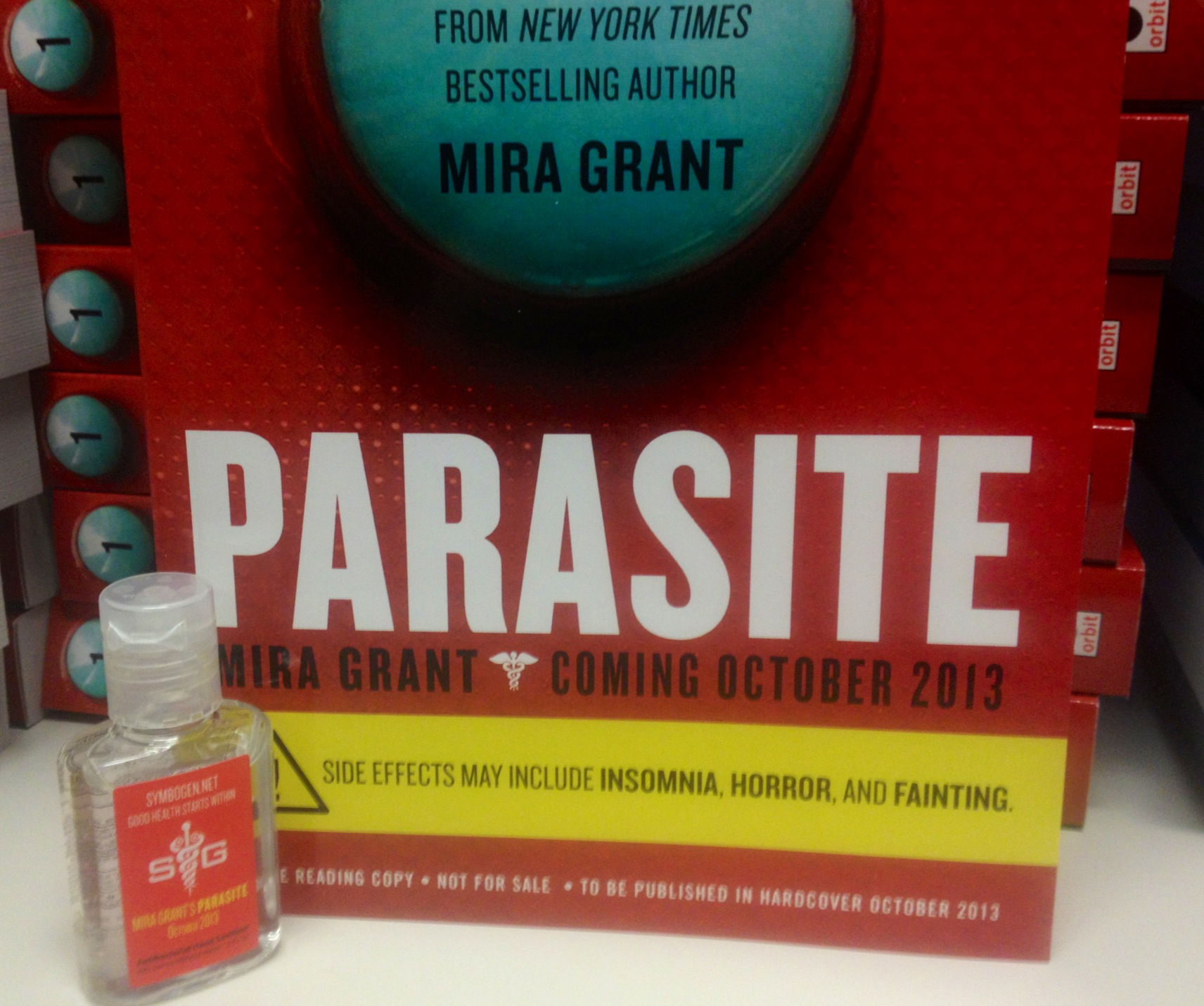

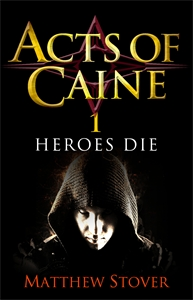 When I was told that Orbit Books was releasing the entire Acts of Caine series in the UK, I let out a cheer. I am, unapologetically, a huge fan of this series of books, full as they are of action, adventure and grippingly written violence – along with classic dystopian themes, observantly written (and massively, compellingly flawed) characters, and world-building I’m jealous of as a writer even as I’m impressed with it as a reader. This is the series that put its author Matthew Stover on my map as someone whose books I had to read, no matter what he was writing.
When I was told that Orbit Books was releasing the entire Acts of Caine series in the UK, I let out a cheer. I am, unapologetically, a huge fan of this series of books, full as they are of action, adventure and grippingly written violence – along with classic dystopian themes, observantly written (and massively, compellingly flawed) characters, and world-building I’m jealous of as a writer even as I’m impressed with it as a reader. This is the series that put its author Matthew Stover on my map as someone whose books I had to read, no matter what he was writing.